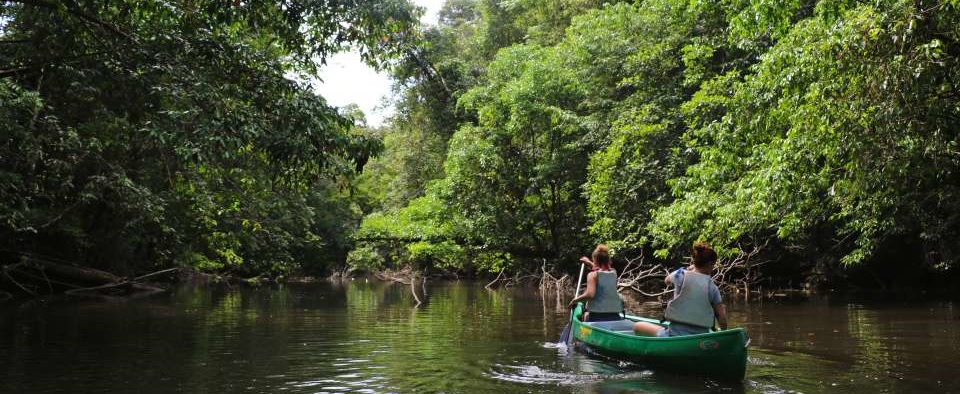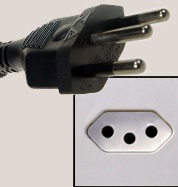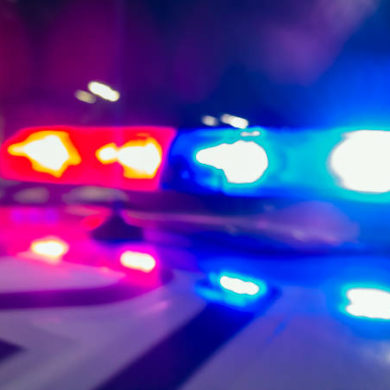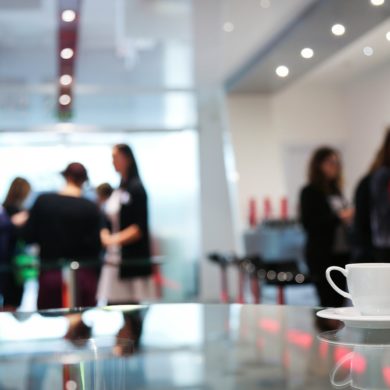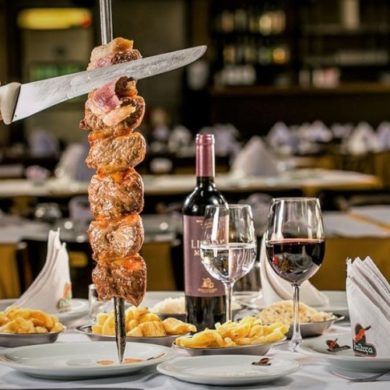Brazil is a vast country and within it are regions with very different weather patterns. You should think about which parts of the country you will visit on your trip to Brazil and pack your clothes and luggage accordingly.
The time of year that you will visit Brazil is also a major factor that should dictate your choice of clothing and luggage for traveling in Brazil. Of course, ideal clothing and luggage varies according to taste and the activities you will enjoy whilst on vacation. In this section of our Brazil travel guide, we offer our suggestions for suitable clothing and luggage bags for your visit. This advice is based on our expert´s years of experience traveling and organizing tours around the entire country and on the valuable feedback that we receive from our clients.
With this essential information, you will easily be able to choose the most useful and practical clothes according to the destinations you will visit and the weather, transport and activities planned for your holiday.

What kind of suitcase / luggage bag you should bring to Brazil
There are a number of things to consider before choosing the ideal luggage bag to bring to Brazil. Below we go through each one, starting with airline baggage allowance, type of destination and planned activities.
Airline baggage allowances – flying to Brazil and domestic flights in Brazil
Pay attention to the weight and volume restrictions on your luggage, these may be different for different airlines. When taking numerous domestic flights, it is better to have carry on / hold luggage that stays well within the restrictions.
Some items, such as sports equipment, may incur an extra fee. We advise you to book large items onto the flight when buying your ticket, as oppose to on the day of your flight at the airport. Furthermore, make sure you let us know if you plan to take sports equipment with you (surfboards, kites, etc.) so we can book them onto the appropriate flights.
Until 2018, the standard for domestic flights with Brazilian airlines was one 23 kg bag per passenger. Domestic flights in Brazil are sold without hold luggage by default. You need to add the hold luggage to the purchase unless indicated otherwise. One piece of cabin baggage is allowed. It must weigh less than 8 kg and be no bigger than 55 x 35 x 25 cm. In addition, a personal effect such as a handbag or a laptop bag can not exceed 20 x 45 x 35 cm (or a total of 100 cm) and 3 kg.
The most popular international airlines that fly to Brazil from Europe are TAP, Air France, KLM and LATAM. Each airline offers different prices / packages ranging from traveling without checked luggage to carrying specialist equipment, sports gear and other oversize items. Kite surfers, divers and other water sports enthusiasts wishing to come to Brazil with their own equipment often use these services. Moreover, it is common for our customers to buy large souvenirs or even small items of furniture whilst here on vacation in Brazil, if you plan to do this, make sure you consult your airline and book the appropriate luggage allowance.
Links to Baggage Allowances of Airlines flying into Brazil
Suitcase / Luggage suggestions for each destination in Brazil
Traveling in the big cities of the south of Brazil, along the beaches of Nordeste by buggy or going on an adventure in the Amazon rainforest, all have an ideal type of bag / suitcase. It is up to you to make a choice that suits you best, depending on the details of your trip and what you want to take with you. If in doubt, do not hesitate to contact us, we will be happy to help you choose suitable equipment. Here are our tips on choosing the best luggage for each Brazilian region.
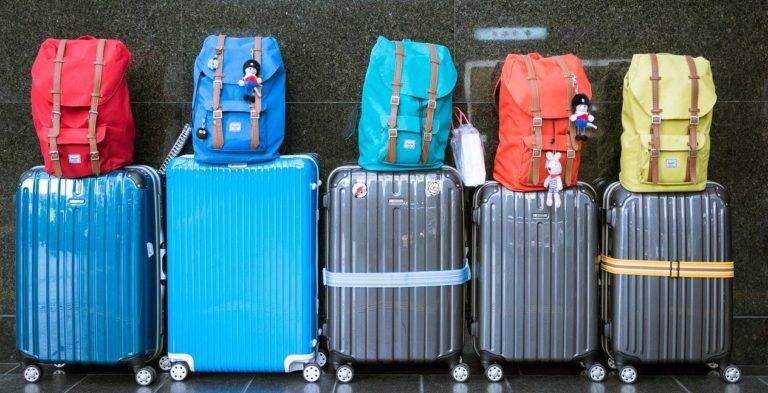
Ideal luggage / bags for urban destinations in Brazil
For a stay in an urban destination such as Rio de Janeiro, Brasília or São Paulo, rigid suitcases are practical, especially if you want to transport fragile objects or liquids. There are many models of rigid suitcases, with varying materials (aluminium, polycarbonates, ABS), shapes, sizes and accessories. Choose a suitcase with good wheels and a solid retractable handle.
If your flight passes through the United States or Canada, the Transportation Security Administration may require access to your bag regardless of your presence, so it is always best to use a TSA approved lock.
Suitcases are sometimes more bulky than other types of luggage. Moreover, if walking long-distances outside they are not very practical to move because of uneven sidewalks and cobblestones. Especially in Brazil, where by – law the owner of a property cares for the pavement in front of it, the footpath may not always be uniform. Therefore, we advise suitcases with two large, more robust roller-type wheels, rather than four plastic ones, which are smaller and more fragile.
Suitcases with glossy, painted or varnished coatings tend to be easily scratched and scraped. Use a cover or have them wrapped in plastic film at a specialized stand at the airport before checking them in to avoid any damage.
A small simple backpack or shoulder bag is perfect for carrying small everyday items. Go for zipped openings or solid flaps, especially if you are in a busy city centre where pickpockets could be operating. Bags with water bottle holders are a great option; you should carry water with you as often as you can – especially during the Summer.
A good compromise would be a suitcase made from reinforced fabric. Generally equipped with more durable parts, they protect their contents well from shocks and are less prone to scratches. Often, they also have the advantage of being compartmentalized allowing better organization of their contents. Perfect for storing that beautiful antique found hidden in a Brazilian street market!

Ideal luggage / bags for rural destinations in Brazil
If your trip to Brazil involves visiting natural landscapes, trekking, hiking or other adventures in nature, the first thing to ask yourself is whether you will have to carry your luggage by yourself.
If the answer is yes, such as for a long distance trek, then the most suitable bag will be a backpack or rucksack that is as comfortable as possible in terms of size and weight.
The variety of backpacks and rucksacks available on the market means that it is not hard to find one that is perfect for you. Variations in size, shape, closing system, locking mechanism, straps and sports features are all factors to consider when choosing your bag. For travel, there are specialized models with a detachable section, usually the hood or an outside pocket. This feature allows you to have a second smaller and more convenient bag to carry around while having a single piece of luggage to wear when you move from one place to the next. However, they often have the disadvantage of being a little heavier than hiking models for example.
An alternative may be to purchase an ultra-compressible fine nylon bag that will take up hardly any space when stored in its small pouch. This will allow you to avoid using the main bag on a day-to-day basis. A small compressible bag can also serve as your carry-on luggage.
The duffle bag
If you don´t plan on hiking or trekking but do intend on visiting natural environments, in our experience it is ideal to travel with a duffle bag made of thick waterproof canvas . They are also known as trekking bags or base camp duffel bags according to the name of the original model developed by the famous adventure brand The North Face. Today all brands of hiking equipment such as Patagonia, Thule or Osprey offer duffle bags.
Duffle bags were originally intended to carry extra gear on large adventure expeditions. Virtually indestructible, easy to store and available in a range of sizes, they are resilient to scratches and dirt and are very practical, especially when taking transfers by buggy, 4 × 4 or in small boats. The coarse PVC coated material and reinforced zippers provide excellent protection that will resist the elements and less delicate handling! The larger models are often equipped with shoulder straps allowing you to carry them on your back.
We therefore recommend duffle bags on some of our vacations such as buggy tours on the beaches of Nordeste or for a cruise or stay in an Amazon lodge.
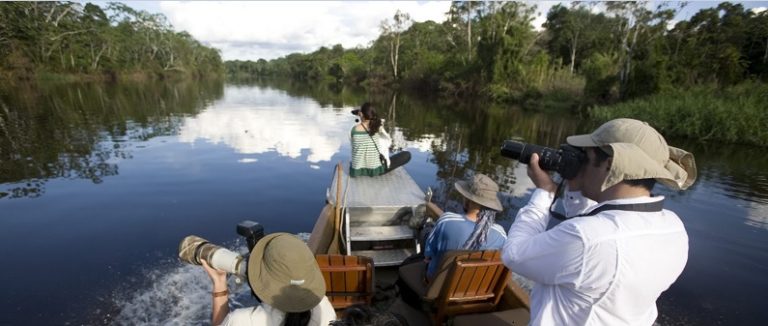
Clothes needed for a trip to Brazil
During the Brazilian Summer (December to March), it is hot from one end of the country to the other. In the south of the country, however, occasional thunderstorms can break out and a raincoat or poncho is definitely useful. Otherwise, during the summer there are no special precautions to adopt.
However, during the months of June to August you will sometimes encounter low temperatures (10° to 15 °) in southern Brazil (Rio, Iguaçu and Pantanal) and even in Salvador where you can have 18 ° and rain followed by 30 ° C and sun! If you travel in these areas during this period, a small sweater or a vest and a light raincoat will have you well prepared.
If you do not plan to travel to the south of Brazil at this time, it would be ideal to travel with light clothing; shorts, t-shirts or shirts. Do not forget a hat (or cap) and sunglasses. Long and light clothes can be useful at night if you are in wetland areas or where there is a chance you will encounter mosquitoes. A woolen bag in your carry-on is useful for bringing small items to the beach and can double as your cabin baggage.
Clothes needed for specific destinations and activities in Brazil

Specific clothing for a trip to the Northeast of Brazil
For stays in the Nordeste do not forget to bring all of your favourite swimsuits! A cap or hat and good sunglasses are essential to protect yourself from the sunlight.
Long-sleeved UV resistant “rash – vests” or Lycra T-shirts are very useful for protecting yourself from the bright “Nordestino” sun. They are ideal for buggy tours along the beaches or excursions and treks in sunny places such as the Lençóis desert. You should definitely consider this kind of UV protection for children.
Lightweight trousers and long sleeve tops are useful in the early evening to protect against insects that can be common along river banks or in wetland areas. They are also useful for seaside parties when the wind can seem rather cool in comparison with the temperature during the day! Between February and the end of May is the rainy season, showers are brief and intense and usually early in the morning and late at night. A poncho or an umbrella can be useful; although raincoats are not suitable because of the heat. The best is to do as the locals do and wait until the shower passes!
Flip – flops are the best option for your feet, this is your opportunity to own a pair of famous Havaianas or Ipanema! These Brazilian brands are well-known beach icons across the whole world. Light tennis shoes are great for walking in the evenings, or spending time indoors, in the huge shopping malls for example.
For the Lençóis Maranhenses desert in particular, hiking shoes are not ideal. Normally people go barefoot or with sports sandals. You want to avoid closed shoes as they will fill with sand!

Specific clothing for a stay in the Amazon or in the Pantanal
For a trip with a stopover in Amazonia, such as a stay in the Anavilhanas region or on the island of Marajó, bring breathable clothing. Especially if you plan on taking part in any jungle excursions. Long sleeved and long legged garments will protect you from stinging plants as well as insects whilst spending time in the forest. Remember, long sleeved shirts are versatile items of clothing. You can roll up the sleeves, open or close some buttons, raise the neck etc. to get the best ratio between protection and breathability.
A hat to protect your head from the sun but also twigs and other plants at head height is very useful. Do not forget your waterproof coat, the rains are usually brief but can occur in any season. Models that are compact and as breathable as possible are the best option. Your waterproof coat can double as a windbreaker if you happen to take a boat tour in the evening when the temperatures tend to be cooler.
In terms of footwear, breathable sneakers, with thin socks such as lightweight hiking socks will suffice for a short stay. This combination is ideal for allowing plenty of air in and around your feet. In addition, your shoes will dry quicker which is always useful after an unexpected splash during a powerboat trip! You want to avoid having wet feet for long periods of time.
Brazilian flip – flops will be perfect for staying at the lodge and letting your feet breathe, as well as serving as an extra travel souvenir! Those staying for longer periods (as part of a research project for example) should consider rubber/wellington boots. Local models are very practical and cost only a few dollars a pair.
If visiting Pantanal or Marajó you will have the opportunity to go horseback riding or to travel on buffalo back. Riding trousers are ideal here, but half chaps or a good pair of jeans will serve to avoid any friction during the ride.
People at high risk of being exposed to insect bites can wash their clothes before the trip with permethrin lye. There are also sprays that you can apply directly onto your clothes. This repellent will remain effective for 2 months or 4 to 5 washes. It can be found in travel-oriented sports shops, on the internet or sometimes in your local pharmacy. The “Sawyer” brand is a popular choice.
Between July and September, take warmer clothes for evenings and dawn trips in the Pantanal where temperatures can drop below 15 ° C / 59 °F.
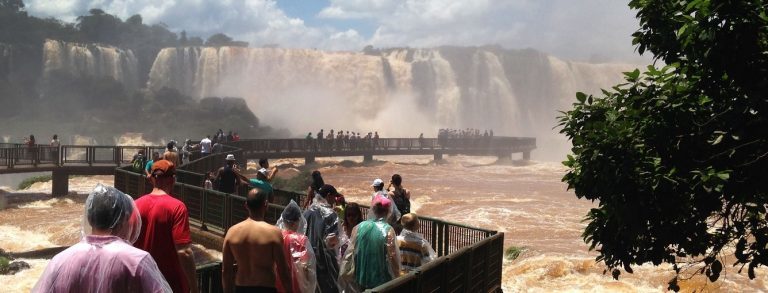
Specific clothing for a trip to Iguaçu
If you plan to visit the falls in Iguaçu, remember to bring your raincoat. Walking along the low bridges on the Argentinian side will almost guarantee you get sprayed by water from the falls! Between June and September temperatures can be quite low in the evening and as far down as 10°C / 50°C at night, so remember to bring a sweater.
Packing for a trip to Brazil – Checklist
- A compact raincoat (for stays between June and August in the south of Brazil / Amazon trips / boat transfers)
- A light sweater (for “winter” Brazil, windy evenings and air conditioning in aircraft)
- A hat or cap (for sunny days and jungle excursions)
- A swimsuit (for beach trips and hotel pools)
- Light sneakers/trainers that dry quickly (city visits, nature walks, the Amazon)
- Sunglasses
- A good sunscreen (even in Brazilian “winter”)
- A small flashlight
- Insect repellent
- Passports, visas and all necessary documents
